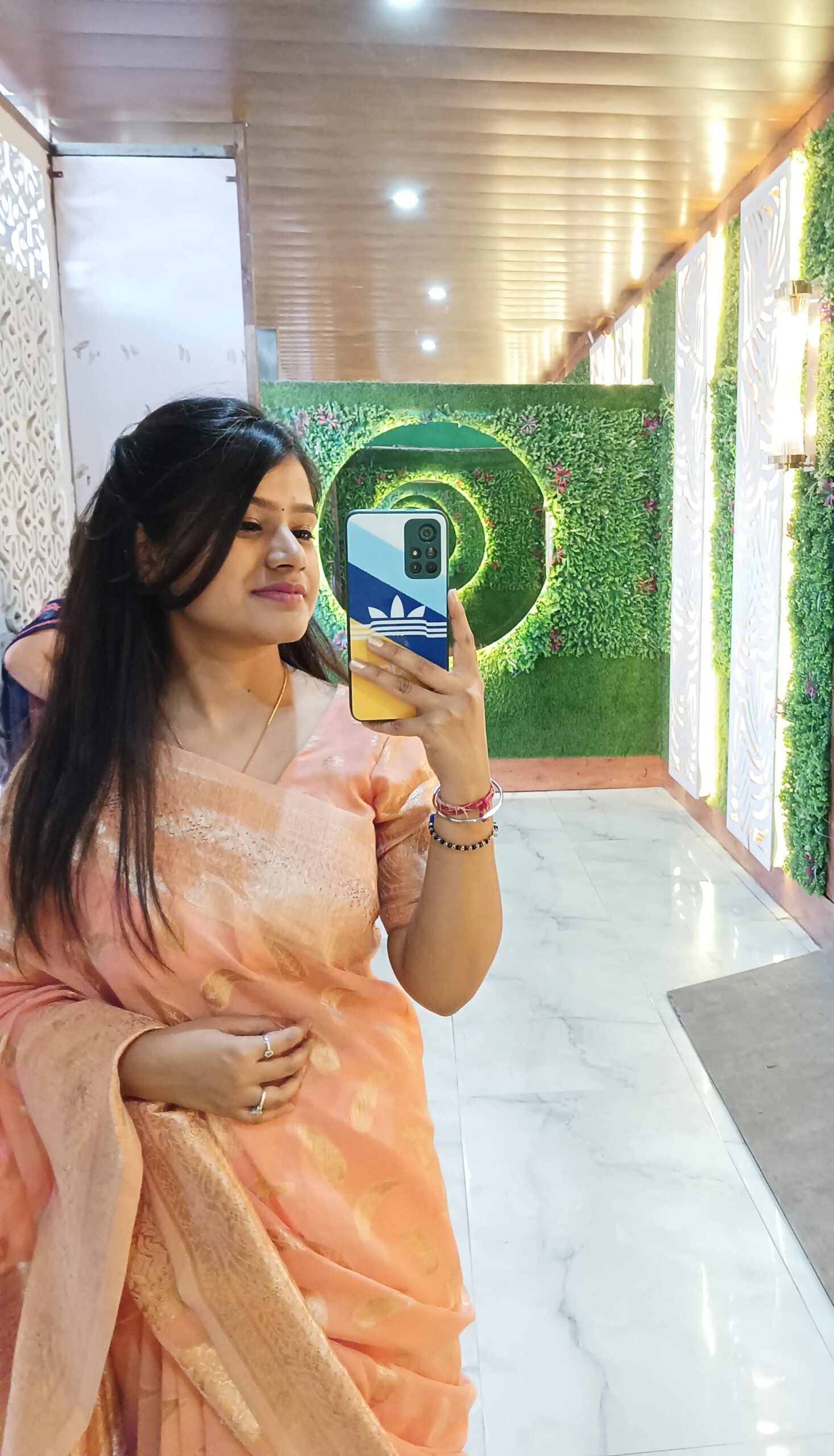The government of India decided to set up a Co-educational education system under the national policy on education in 1986. The Gov. of India started Jawahar Navodaya Vidyalaya all over the country this system of central schools is made for talented students from rural areas.
This education system is fully financed by Govt’ and run by the Navodaya Vidyalaya Samiti under the Ministry of Education. JNV are fully uptown and co-educational school associated with the Central Board of Secondary Education (CBSE), With Classes from 6th to 12th standard.
JNV provides the best facilities to children with special talents or capabilities they provide opportunities so they can progress faster.
Navodaya Vidyalaya System, which began as a unique experiment, Aims to provide children with quality education and is now unmatchable in annals of school education in India.
History
The brain behind starting the Jawahar Navodaya Vidyalayas (JNVs) was Shri Rajiv Gandhi then Prime Minister of India. He visualized these schools as a mode that can provide the best quality of education to urban areas children.
The first JNV was established in 1985 in Amravati (Maharashtra) and the second in Jhajjar (Haryana) after that many JNVs were established all over India. JNV is a part of the National Policy of Education.
Similarly, Navodaya Vidyalaya Samiti (NVS) was registered as a society under the Societies Registration Act, of 1860.
The Financial Activities that are done in JNVs are provided by the Ministry of Education, and education is free of cost for the students during their first three years of stay, from class IX leading to a nominal fee of around Rs600/- per month applicable for general category and OBC caste students.
JNVs exist all over India with the exception of Tamil Nadu. According to data on 31 December 2022, there are 661 JNVs running with numerous students about 2,87,568 who are enrolled, out of 2,51,430 (87%) were from rural areas. JNVs are in top-ranking C.B.S.E. schools, with passing percentages of 99.71% and 98.93 in the tenth and twelve grades respectively.
Admission
Admissions in Jawahar Navodaya Vidyalayas (JNVs) are based on the basis of selection test which is specially designed and conducted by the CBSE. The test is called Jawahar Navodaya Vidyalaya Selection Test (JNVST).
This test was done annually for students of class 5th and class 8th with a limited number of seats available at each school. To be eligible to take the JNVST, students must be studying in the class for which the test is being conducted, for class 5th their age should be between 9 and 13 years and for class 8th age should be between 14 and 16.
The test in nature is non-verbal, class-neutral, and designed to ensure that talented children from rural areas are able to compete without facing any kind of drawback.
Special care is done to ensure that children from remote areas get admission forms free of cost without facing any difficulty. Plenty of publicity is also done through Doordarshan, All India Radio, Local newspapers, pamphlets, JNVs website, and through visits of teachers and principals of Narvodaya Vidyalayas to the local area schools of the district.oi8iii9i
There are a total number of 661 functioning JNVs that have been authorized in 638 districts of India with some special case institutes. These are administered by 8 regional offices with jurisdiction over states and UTs.
For all the updates related to Navodaya Vidyalaya admission or latest dates visit Excel Bee. There is list of all schools also available for you.
Objectives of the Scheme
The essential objective of Jawahar Navodaya Vidyalaya is to provide the best quality of education and social justice to children from rural areas who have the potential to do something academically.
Their aim is to provide equal opportunities to children from all sections of society and help them in the realization of their entire potential by providing opportunities and developing their full potential. JNV provides the same platform for students to interact with each other and learn about the cultural diversity of life.
A few other objectives are mentioned below in points:
- For set, endow, maintain, control, and manage schools and to do all the things that are necessary for such schools
- Provide good quality modern education including a strong part of cultural values, awareness of the environment, interesting activities, and physical education to talented students mainly from rural areas without affecting their families’ economic conditions.
- Provide facilities at a suitable stage with common medium Hindi and English all over the country.
- Offering a common core curriculum to ensure closeness in standards and facilitate and understand the similar and composite heritage of our people
- Bring students from one part of the country to another in each school to promote national combination and enhance the social content.
- Their main point is to improve the quality of school education with the help of training of teachers in live situations and sharing of experiences and facilities.
- Develop, maintain, and manage hostels for the survival of Navodaya Vidyalayas students.
- They do all such things as may be considered important or conducive to the success of all or any of the objects of the society

Priya Bansal is a seasoned education writer with a passion for creating insightful and engaging content. With a background in education and a knack for research, she excels at producing articles, blogs, and resources that inform and inspire. Priya’s work contributes to the enrichment of educational discourse and empowers learners of all ages.






